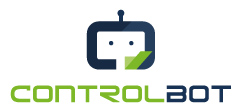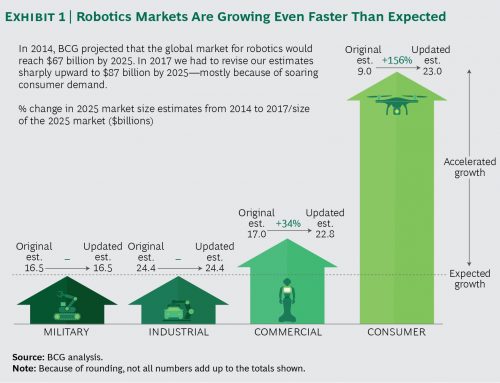RPA is a promising new development in business automation that offers a potential ROI of 30–200 percent—in the first year. Employees may like it too.
Robotics are beginning to have a profound effect on business. In this interview, Xavier Lhuer, an associate principal in McKinsey’s London office, speaks with Leslie Willcocks, professor of technology, work, and globalization at the London School of Economics’ department of management, about his work on robotic process automation—its impact on work, and how companies can capture its strategic and financial benefits.1
McKinsey: Can you start by defining robotic process automation (RPA)?
Leslie Willcocks: RPA takes the robot out of the human. The average knowledge worker employed on a back-office process has a lot of repetitive, routine tasks that are dreary and uninteresting. RPA is a type of software that mimics the activity of a human being in carrying out a task within a process. It can do repetitive stuff more quickly, accurately, and tirelessly than humans, freeing them to do other tasks requiring human strengths such as emotional intelligence, reasoning, judgment, and interaction with the customer.
There are four streams of RPA. The first is a highly customized software that will work only with certain types of process in, say, accounting and finance. The more general streams I describe in terms of a three-lane motorway. The slow lane is what we call screen scraping or web scraping. A user might be collecting data, synthesizing it, and putting it into some sort of document on a desktop. You automate as much of that as possible. The second lane in terms of power is a self-development kit where a template is provided and specialist programmers design the robot. That’s usually customized for a specific organization. The fast lane is enterprise/enterprise-safe software that can be scaled and is reusable.
You can multiskill each piece of software. It’s lightweight in the sense that you don’t need a lot of IT involvement to get it up and running. Business-operations people can learn quite quickly how to configure and apply the robots. It’s lightweight also in that it only addresses the presentation layer of information systems. It doesn’t have to address the business logic of the underlying system or the data-access layer.



